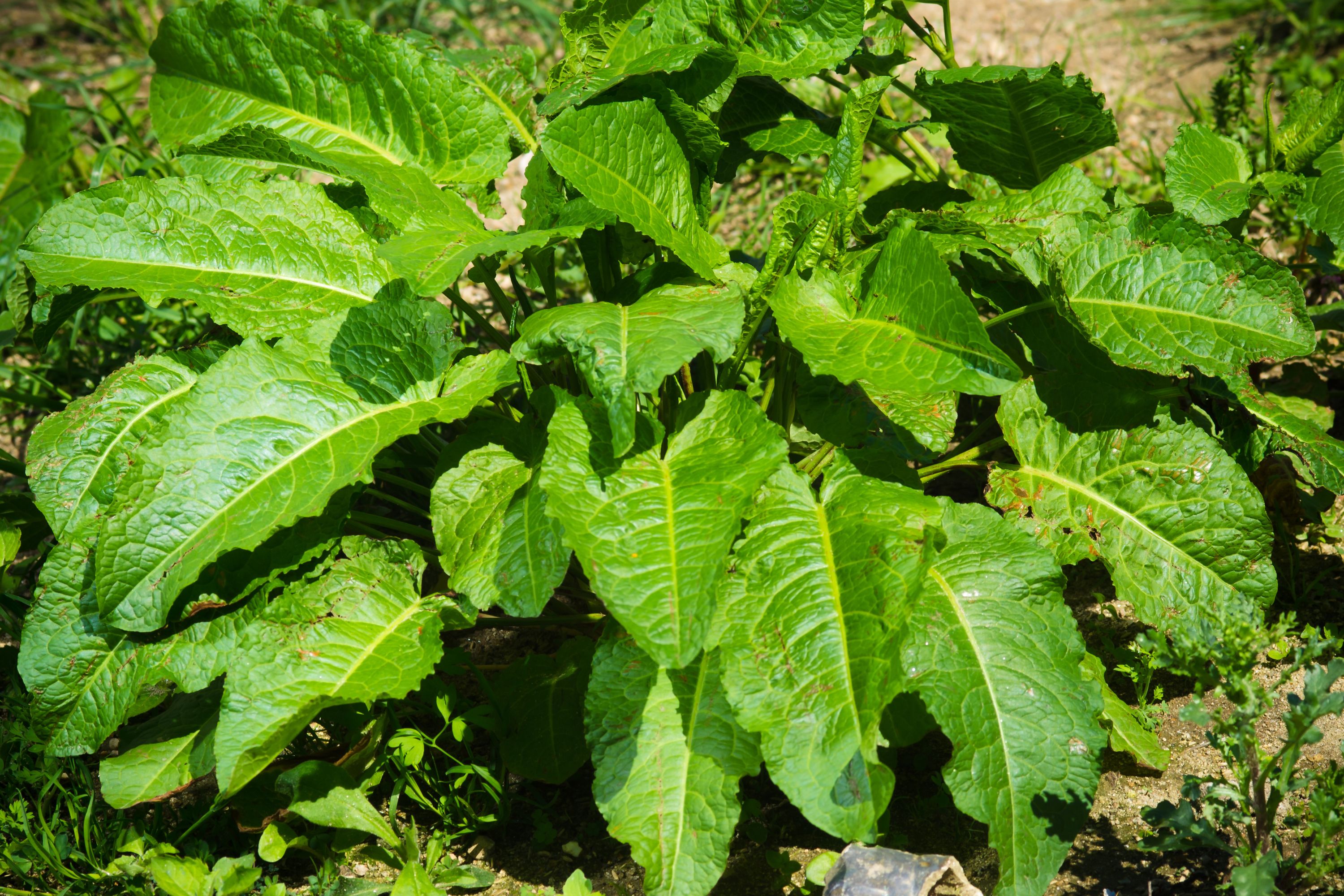Bitter dock
(Rumex obtusifolius)

Description
Rumex obtusifolius, commonly known as bitter dock or broad-leaved dock, is a perennial weed native to Europe but has since spread to other parts of the world, including North America, Asia, and Africa. This plant is classified under the family Polygonaceae and is related to other species such as rhubarb and buckwheat. In this article, we will delve deeper into the various aspects of Rumex obtusifolius, including its morphology, habitat, distribution, uses, and potential harms. Morphology: Rumex obtusifolius is a large herbaceous plant that can grow up to 1.5 meters tall. Its leaves are large, broad, and oblong with a rounded apex and a distinct midrib that runs the entire length of the leaf. The leaves are dark green and can grow up to 45 cm long and 30 cm wide. The stem of the plant is stout, erect, and often has a reddish tinge. The flowers are greenish and inconspicuous, arranged in whorls on branching stems. The fruit is a small, triangular achene that is reddish-brown in color and has a shiny surface. Habitat and Distribution: Rumex obtusifolius is a common weed that can be found in a wide range of habitats, including waste grounds, roadsides, hedgerows, meadows, and woodland clearings. It prefers moist soils and can tolerate both acidic and alkaline conditions. This plant is distributed throughout most of Europe, North Africa, and Asia, including China, Japan, and Korea. It has also been introduced to North America, South America, and Australia, where it is considered an invasive species. Uses: Rumex obtusifolius has been used for various purposes throughout history. In traditional medicine, the plant has been used to treat a variety of ailments, including constipation, diarrhea, and skin conditions. The leaves are rich in vitamin C and iron, and they can be eaten raw or cooked. However, the plant is known to contain oxalic acid, which can be toxic in large quantities, so it should be consumed in moderation. In addition to its medicinal and culinary uses, Rumex obtusifolius has also been used in the textile industry to produce a yellow dye from the roots. The plant's high tannin content also makes it useful for tanning leather. Potential Harms: While Rumex obtusifolius has some beneficial uses, it is also considered a noxious weed in many regions. Its ability to spread rapidly and choke out other plants makes it a threat to native ecosystems. The plant can also be toxic to livestock if consumed in large quantities, leading to health problems such as diarrhea, kidney damage, and even death. Therefore, it is essential to control the spread of this weed to prevent it from causing harm to native habitats and animals. Control Measures: Several control measures can be used to manage the spread of Rumex obtusifolius. One approach is to manually remove the plant by digging it out, taking care to remove all the roots. Herbicides can also be used to control the plant, but care should be taken to ensure that they are applied correctly and do not harm other plants in the area. Prevention is also key in controlling the spread of the plant. This can be achieved by ensuring that livestock are not allowed to graze on land where the weed is present, and by avoiding the use of contaminated soil or compost. Conclusion: Rumex obtusifolius is a versatile plant with both beneficial and harmful characteristics. While it has been used for medicinal and culinary purposes throughout history, its ability to spread rapidly and harm native ecosystems and livestock
Taxonomic tree:







